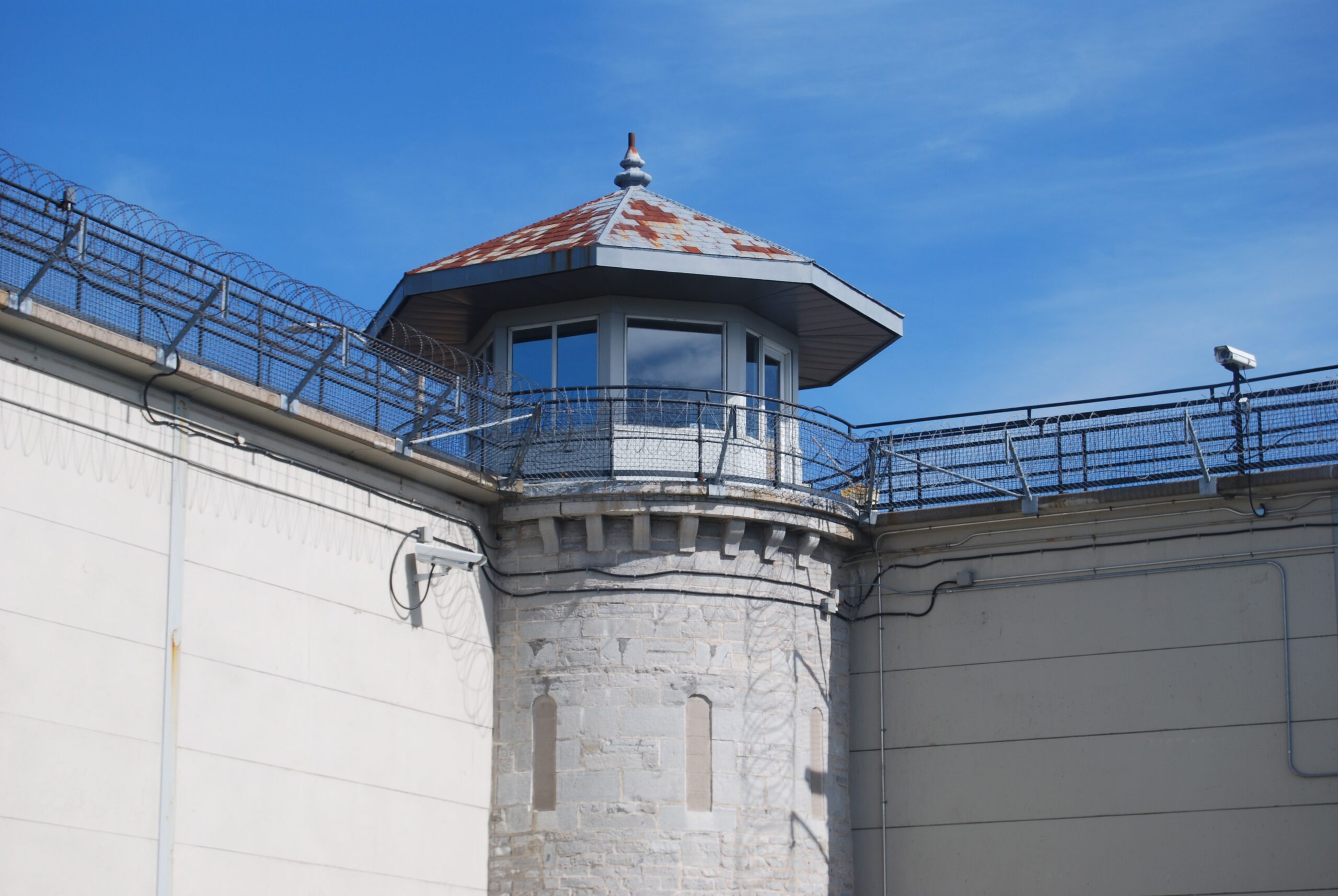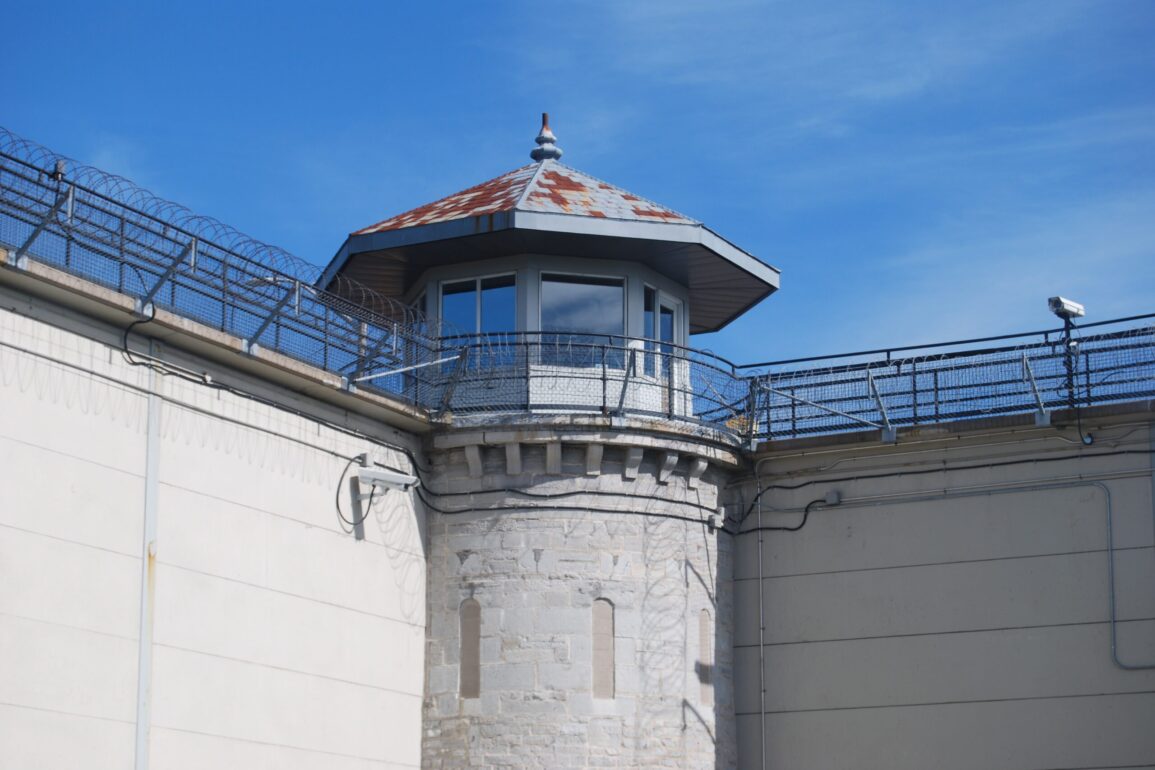
An investigative project led by Carleton University researchers received $2.5 million to continue their examination of prison transparency in Canada and internationally.
The partnership grant, awarded to the Prison Transparency Project in August, is funded by the federal Social Sciences and Humanities Research Council. It will support the project in investigating and raising awareness about access to prisons and prisoners.
The project entered its second phase in 2021 and will study the impact of COVID-19 on prisons and share the stories of Canadians who have been incarcerated.
“[The grant] will make all our dreams come true,” lead investigator Dawn Moore said.
As a professor in Carleton’s department of law and legal studies, Moore has researched prison transparency and the human rights of prisoners for more than a decade.
“Canada has branded its federal model of incarceration as cutting-edge, safe, humane and secure,” Moore said. “It is none of those things.”
Accessing prisons and prisoners is difficult, Moore said, particularly for researchers who are critical of the state of Canadian prisons. Accessing information about the correctional system is difficult because the flow of information to and from is tightly controlled, she added.
Moore explained they filed an access to information request with Correctional Service Canada in 2020, only to find out they could expect a response in 27 years. Moore called these obstacles “time-out methods,” intentionally used to stall research.
The Millhaven Lifers Liaison Group, a community organization supporting prisoners at Millhaven Institution in Bath, Ont., also observed the prison system’s lack of transparency.
Susan Haines, a volunteer with the liaison group, said prisoners are often considered “out of sight, out of mind.”
Moore said public concern of prisoners has decreased because of COVID-19 restrictions when isolation policies prevented visitors from accessing prisons. She added in-person visits and accessibility of prisons have also declined alongside transparency since the start of the pandemic.
“This has created the perfect conditions for human rights abuses to continue in prisons,” Moore said.
In its pursuit to improve prison accessibility, the Prison Transparency Project is collaborating with researchers from Spain and Argentina. Moore said the international partnership encourages sharing and learning between diverse cultures of prison transparency.
“It’s not about better or worse,” Moore said. “But it is about different.”
Accessibility is not the only challenge advocates allege the prison system faces. Danielle Kouri, another member of the Millhaven Lifers Liaison Group, said the level of transparency in prisons is subject to the correctional officials involved, rather than policy.
“Oftentimes, [correctional officials] can kind of just get away with it,” Kouri said. “If they’re the law, who’s overseeing the law?”
Kouri said the Canadian public often doesn’t know what goes on behind bars.
Haines agreed the lack of accountability within prisons is concerning.
“It’s a public system. We fund it, and our decision-makers operate it … it must be accountable to the public,” she added
Adrian Harewood, a member of the Prison Transparency Project and Carleton journalism professor, said he hopes to address this issue through knowledge mobilization, a method of sharing research outcomes in order to inform the public.
In the next few years, Harewood, Moore and co-researcher Hollis Moore will launch public awareness initiatives, such as a podcast titled Prison Radio, to bring the stories of prisoners to the Canadian public.
Harewood said he hopes increased public knowledge about the state of Canadian prisons will move the system to reflect Canada’s values of openness, humanity and freedom.
“Remember that regardless of how people end up within prisons, they are citizens,” Harewood said.
[Photo via Larry Farr/Unsplash]
This post was originally published on this site be sure to check out more of their content.







